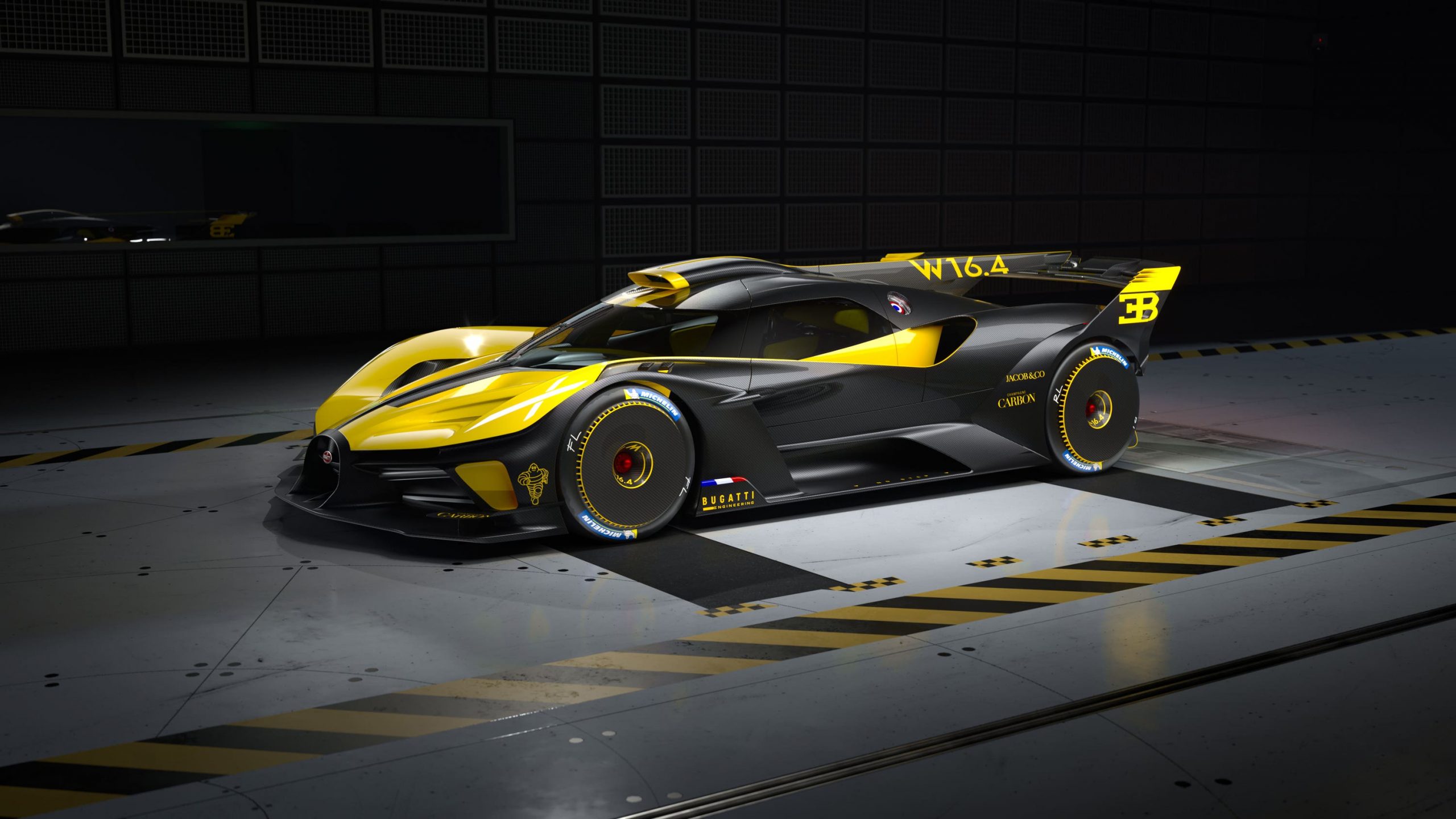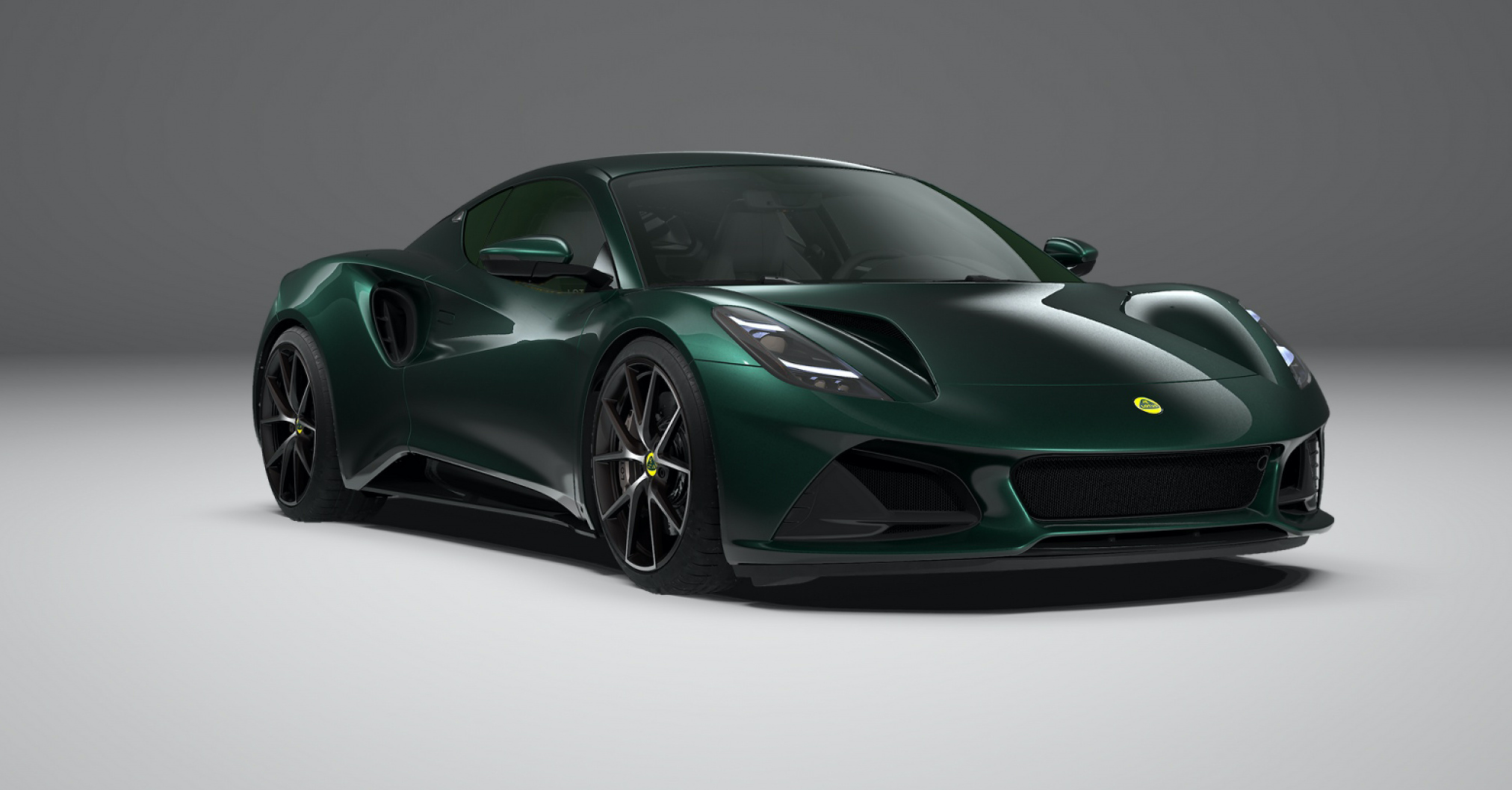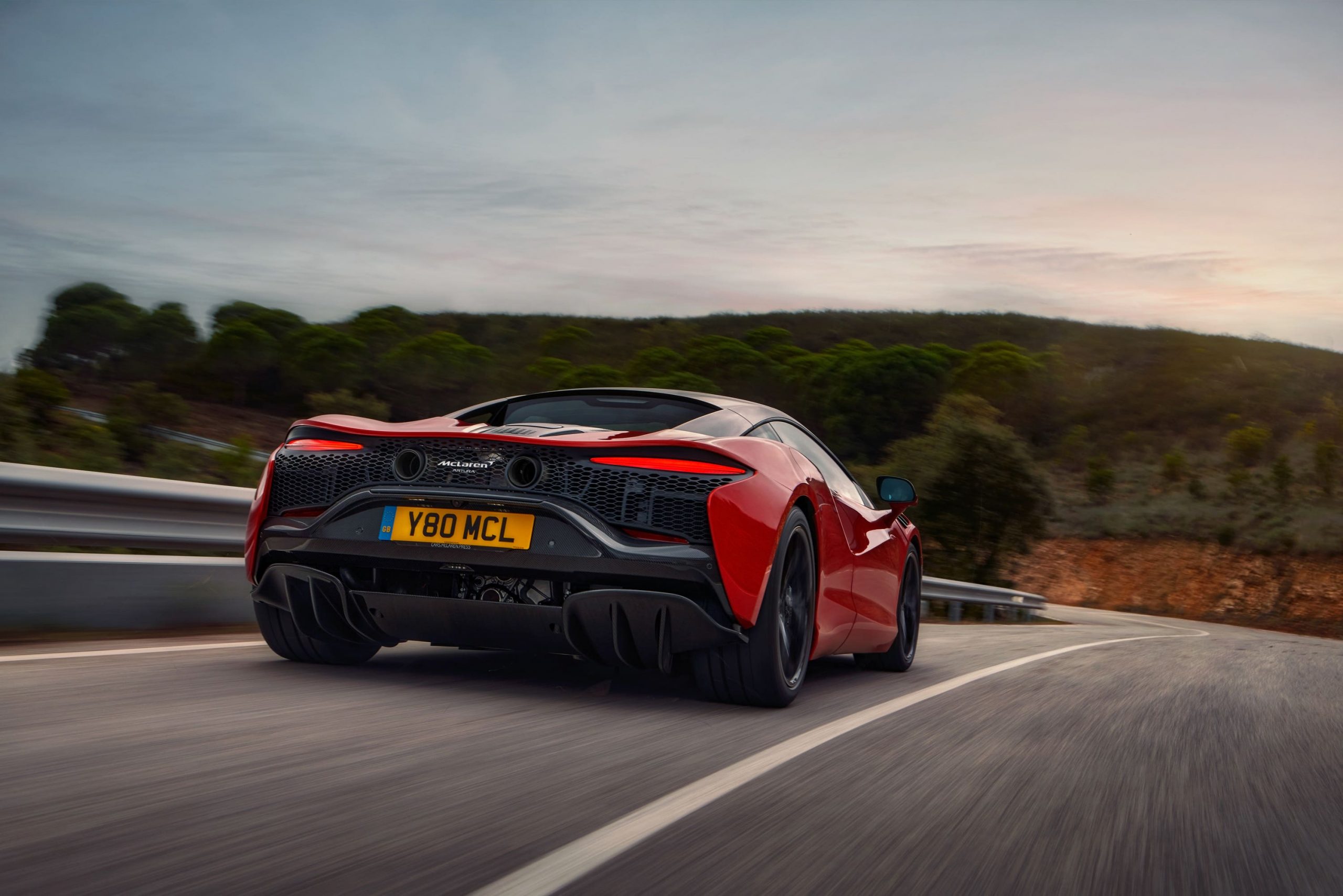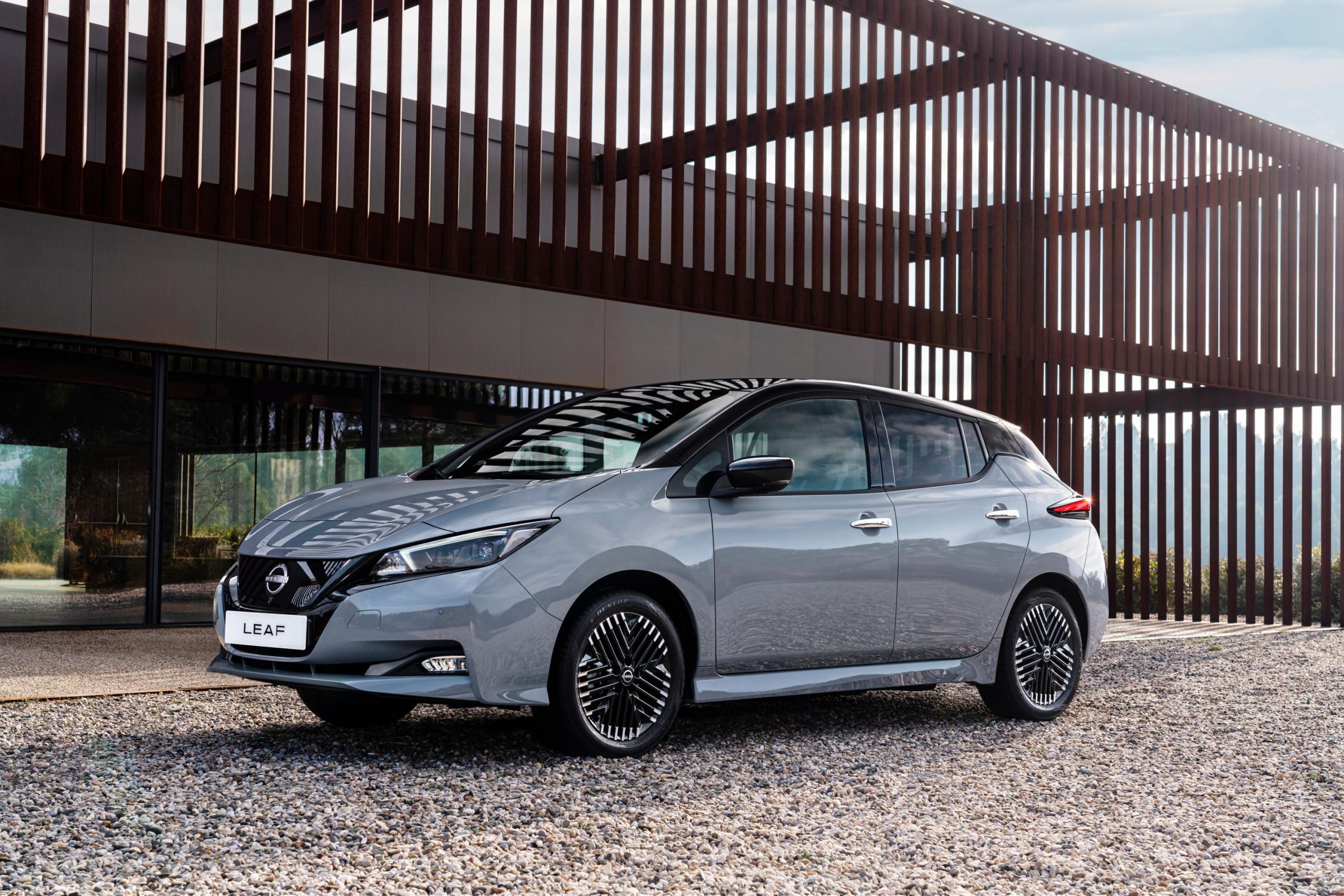Bugatti has announced that it will produce a low volume production run of its Bolide hypercar.
Originally revealed last year, it was a one-off concept designed to explore what the ultimate lightweight performance car it could build around its iconic engine could look like.
However, the French luxury car maker says it received such a positive response that its engineers went to work creating a version that just 40 lucky owners could drive on track.
The production-specification Bolide uses the same 8.0-litre W16 engine, but it makes a bit less power, down from 1,824bhp to 1,578bhp – that’s still well over twice what you might expect to get from your typical Ferrari or McLaren supercar, though.

The downturn comes from the fact the experimental model ran on high octane race fuel, whereas the new version can work with 98 RON petrol, which is typically found in the premium pumps at regular petrol stations.
Numerous air ducts and other design intricacies litter the bodywork, while at the rear is a diffuser and large wing. They combine to produce plenty of downforce, which Bugatti says were designed to provide optimum traction.
A variety of new features have been developed as part of the firm’s commitment to working to standards set by the FIA, motorsport’s worldwide governing body. This includes compatibility for a HANS device, which protects a driver’s neck in the event of a crash, as well as a six-point safety belt system.
Bugatti CEO Stephan Winkelmann said he was ‘amazed’ by the reaction the car got from the firm’s customers, adding: “We therefore decided to make the Bolide a few-off in order to give 40 customers the opportunity to experience this incredible vehicle.
“Our team has now been developing a production model – the ultimate driving machine for the track.”
The 40 buyers will be able to attend exclusive track days run by Bugatti so they can enjoy their vehicle to the fullest. The firm wants to put the car into production in the next three years with deliveries beginning in 2024. Each will cost €4 million.











